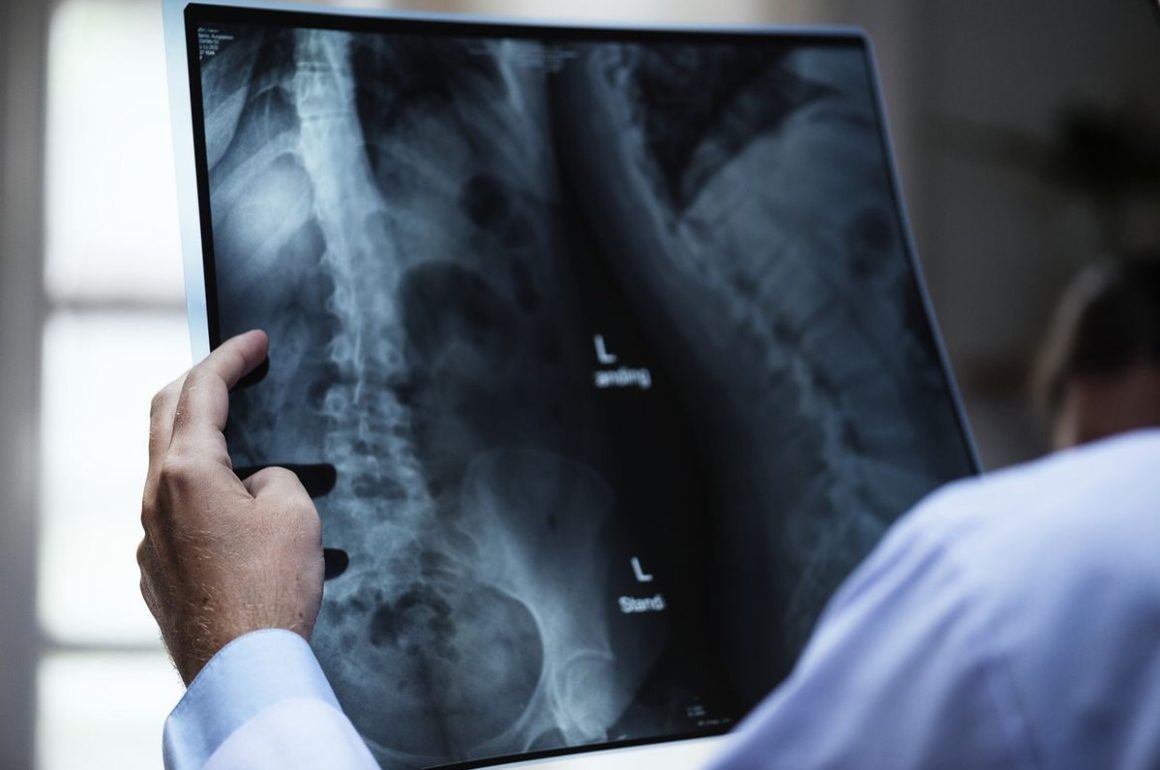The feeling lurks within like a sleeping beast. It’s not so much a spike of fear as a lingering dread, ready to be roused at any moment. By a phone call, a blurring over the eyes, a bump on the scalp. Or a retching cough.
We had settled into a routine. Those first few years – the dehydration, the cataract and clubfoot surgeries, the cancer scare – had indoctrinated us into a life of constant anxiety. A decade later, our daughter’s spinal fusion surgery had exploded any sense of normalcy. Now came the reign of tedium.
Lisa bore most of the burden, the hurry-up-and-wait activities of doctor visits and lab tests and billing questions. I worked. Gabriella went with delight to Lakeview School, and we tried not to dwell on the pace of her development. Or on the fact that her IEPs (the educational plans documenting her goals and her progress), hardly changed from year to year. Her health was stable, our primary concern.
But there were worrying signs.
For one, in September 2005 she weighed 57 pounds. Her height was already in the fifth percentile for eleven-year-olds, and her scoliosis surgery that month effectively stunted any further growth. The awful complications following that procedure weakened her and over the ensuing year, she dropped ten more pounds. The low point for me was looking at a photograph taken on the beach with her brother and cousins, finding that her arms and legs looked skeletal. It took another twenty-four months for her to regain what she had lost since the operation. After that, she plateaued between 55 and 60 for two more years.
One reason was that Gabriella remained a picky eater. I had reasonable luck in feeding her on the weekends, but it was still a struggle to get down a couple jars of baby food and a dish of applesauce. Before the scoliosis procedure she had begun using a customized curved spoon, laboring to control it to her mouth and needing lots of help, but finding pleasure in the act itself. She also toyed with drinking thickened juice from a cup, lifting the two-handled vessel to sip; this was important because she drank little water except when squirted between her lips with a syringe. But these burgeoning skills were among the things she lost when they straightened her back, never to return. We resumed holding the spoon ourselves.
She ate pureed food, and Lisa put meat or vegetables in the blender to vary her flavors, but sometimes she would choke, unable to process anything but the bland mush in the Gerber and Beechnut jars. Too much coughing interrupted a meal and often signaled its end. We heard similar frustrations from her teachers and speech therapists at school.
The coughs weren’t limited to mealtime. Our daughter became prone to respiratory infections, often succumbing around her birthday in late November. More than once, we spent Thanksgiving at home, trying to get her fever down, to ease her discomfort, to keep her from gagging herself into vomiting. She contracted bronchitis a few times, and pneumonia several more, always in her undersized right lung.
The confluence of these symptoms – her flatlined weight, her limited water intake, her frequent coughing and her respiratory setbacks – worried Lisa. It was a busy time at my job, and she took our daughter to nearly all of her pediatric specialist appointments by herself. Perhaps because I tried to stay optimistic, I rejected the idea of more comprehensive problems. But even within me, the dread began to stir.
What I never suspected was that this would soon become the second most stressful and medically-involved period of our daughter’s young life.






